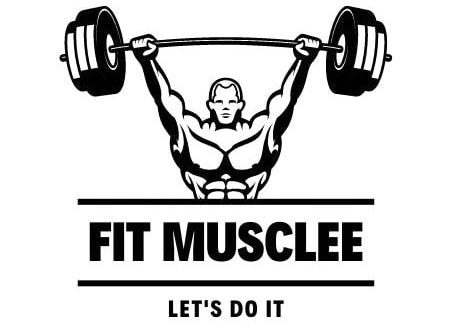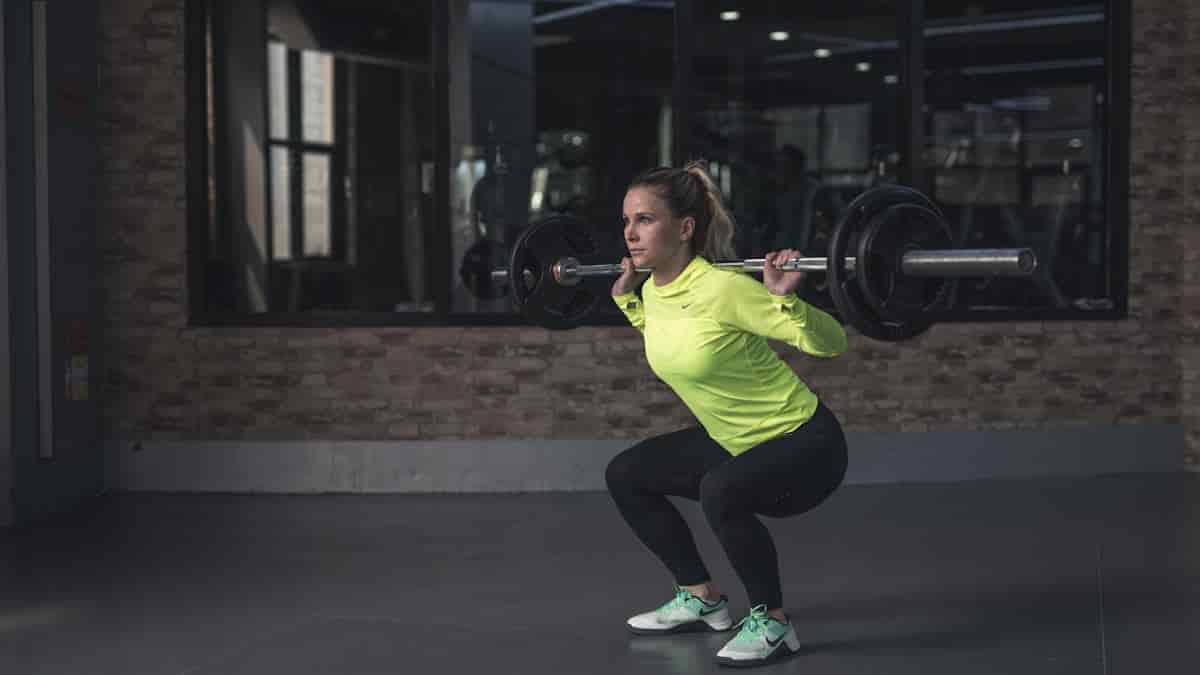Here is your complete guide to squat machine benefits.
Introduction to Squat Machine Benefits
In the world of fitness, few exercises are as revered as the squat. Whether performed with free weights or on a machine, squats are a cornerstone of strength training. However, the squat machine has gained immense popularity in gyms and home fitness setups alike. This article will delve into the numerous squat machine benefits, exploring how this versatile piece of equipment can enhance your workout routine and overall fitness journey.
Squat machines provide a unique blend of safety, efficiency, and effectiveness that makes them suitable for individuals at all fitness levels. From beginners looking to master their form to seasoned athletes aiming to increase their strength, the squat machine benefits are vast and varied. In this article, we will explore the physical, performance, accessibility, and mental health benefits of using squat machines, dispel common misconceptions, and provide best practices for maximizing your workouts.
By the end of this article, you will have a comprehensive understanding of how incorporating squat machines into your fitness routine can help you achieve your goals. Let’s dive into the world of squat machine benefits!
Understanding Squat Machine Benefits
Types of Squat Machines
Squat machines come in various designs, each catering to different workout preferences and goals. Here are some common types:
- Smith Machines: These machines feature a barbell fixed within steel rails, allowing for vertical movement while providing stability. They are great for beginners as they help maintain proper form.
- Hack Squat Machines: Designed specifically for squats, these machines allow users to perform squats at an angle while providing back support. They focus on targeting the quadriceps.
- Leg Press Machines: While not strictly a squat machine, leg press machines allow users to push weight away from their body using their legs. They engage similar muscle groups as squats.
How They Work
Squat machines provide a guided path for movement, which can be particularly beneficial for those new to strength training. Unlike free weights, which require balance and stabilization, squat machines allow users to focus solely on their leg muscles without worrying about maintaining balance.
| Machine Type | Stability Level | Muscle Focus |
|---|---|---|
| Smith Machine | High | Full lower body |
| Hack Squat Machine | Moderate | Quadriceps |
| Leg Press Machine | Moderate | Quadriceps & Glutes |
Physical Benefits of Using Squat Machine Benefits
Muscle Engagement
One of the primary squat machine benefits is its ability to engage multiple muscle groups effectively:
- Quadriceps: The front thigh muscles are heavily targeted during squats.
- Hamstrings: The back thigh muscles also play a significant role in stabilizing movements.
- Glutes: The gluteal muscles are activated to lift and lower your body.
Using a squat machine allows for focused engagement without the risk of injury that can come from free-weight squats.
Improved Stability and Balance
Squat machines enhance core strength by requiring stability throughout the movement:
- Core Activation: As you perform squats on a machine, your core muscles engage to stabilize your body.
- Balance Improvement: Over time, this leads to improved balance and coordination in daily activities.
Joint Safety and Support
Safety is paramount when it comes to exercise. Squat machines offer several advantages in this regard:
- Reduced Injury Risk: The guided movement minimizes the risk of improper form that can lead to injuries.
- Joint Support: Machines often provide back support that helps protect your spine during heavy lifts.
Performance Squat Machine Benefits
Enhanced Strength Development
One of the most significant squat machine benefits is its role in building strength:
- Progressive Overload: You can gradually increase weights over time, leading to consistent strength gains.
- Targeted Training: Focused muscle engagement allows for effective strength development.
Increased Muscle Mass
For those looking to build muscle mass:
- Hypertrophy: Regular use of squat machines contributes to muscle hypertrophy by providing adequate resistance.
- Bodybuilding Goals: Ideal for bodybuilders aiming for size and definition.
Boosted Athletic Performance
Athletes can greatly benefit from incorporating squat machines into their training regimens:
- Explosive Power: Strong legs contribute to better performance in sports like basketball and soccer.
- Endurance Training: Enhanced leg strength translates into improved endurance during athletic activities.
Accessibility and Convenience of Squat Machine Benefits
User-Friendly Design
The design of squat machines makes them accessible for all fitness levels:
- Beginner-Friendly: The guided motion helps beginners learn proper squat techniques without fear.
- Adjustable Settings: Most machines allow users to adjust weight settings easily.
Home Gym Integration
With more individuals setting up home gyms:
- Space-Saving Options: Many squat machines are compact and can fit into smaller spaces.
- Convenience: Having a squat machine at home allows for flexible workout schedules.
Mental Health Benefits of Squat Machine Benefits
Boosting Confidence
Mastering the use of a squat machine can significantly enhance self-esteem:
- Achievement: Progressing in weight or form boosts confidence levels.
- Positive Body Image: As you see physical changes, your perception of yourself improves.
Stress Relief through Exercise
Exercise is known for its mental health benefits:
- Endorphin Release: Physical activity releases endorphins, which help reduce stress.
- Routine Building: Establishing a consistent workout routine fosters discipline and mental resilience.
Common Misconceptions about Squat Machine Benefits
Despite their benefits, there are several misconceptions surrounding squat machines:
Myths vs. Facts
| Myth | Fact |
|---|---|
| Squat machines are less effective than free weights. | Both have unique benefits; machines offer safety. |
| Only advanced lifters should use them. | Suitable for all fitness levels. |
| They cause muscle imbalances. | Proper use promotes balanced muscle development. |
Understanding these misconceptions can help individuals make informed decisions about their fitness routines.
Best Practices for Using a Squat Machine Benefits
To maximize the benefits of using a squat machine, consider these best practices:
Proper Form and Technique
- Adjust the Seat Height: Ensure that your knees align with the pivot point of the machine.
- Feet Placement: Position your feet shoulder-width apart on the platform.
- Back Support: Keep your back pressed against the pad throughout the movement.
Comparing Squat Machines with Other Equipment
When considering workout options, it’s essential to understand how squat machines compare with other equipment:
| Equipment Type | Benefits | Drawbacks |
|---|---|---|
| Squat Machines | Safety, muscle targeting | Limited range of motion |
| Free Weights | Versatility, functional strength | Higher injury risk |
| Bodyweight Exercises | No equipment needed | Requires good form |
Each type of equipment has its place in a well-rounded fitness regimen.
Common Mistakes to Avoid When Using Squat Machines
Using squat machines can significantly enhance your lower body workouts, but improper use can lead to injuries and diminish the effectiveness of your training. Here are some common mistakes to avoid to maximize the benefits of squat machines.
Improper Foot Placement
One of the most critical aspects of using a squat machine is ensuring correct foot placement.
- Feet Position: Your feet should be shoulder-width apart, with toes slightly pointed outward. This alignment helps distribute weight evenly and reduces strain on the knees.
- Weight Distribution: Ensure that your weight is distributed evenly across your feet, particularly focusing on keeping your heels grounded. Lifting your heels can lead to instability and increase the risk of injury.
Incorrect Body Alignment
Maintaining proper body alignment is essential for preventing injuries during squat exercises.
- Knee Alignment: Your knees should always stay in line with your toes throughout the squat movement. Allowing them to cave inward (knee valgus) can put excessive stress on the knee joints and may lead to injuries.
- Spine Position: Keep your back straight and avoid rounding your shoulders. A neutral spine position helps maintain stability and reduces the risk of lower back pain12.
Not Engaging Core Muscles
Failing to engage your core muscles can undermine the effectiveness of your workout and increase the risk of injury.
- Core Activation: Always activate your core before beginning the squat movement. This engagement provides stability and support, helping to protect your lower back during the exercise.
- Weight Distribution: Without core engagement, the weight may shift improperly, leading to muscle imbalances and potential injuries over time13.
Overloading Weights
Another common mistake is attempting to lift weights that are too heavy, which can compromise form and lead to injuries.
- Start Light: Begin with a manageable weight that allows you to maintain proper form throughout the movement. Gradually increase the weight as you become more comfortable and confident in your technique.
- Focus on Form: Prioritize executing squats with correct form over lifting heavier weights. Proper technique ensures that you effectively target the intended muscle groups while minimizing injury risk45.
Neglecting Warm-Up and Cool Down
Skipping warm-up and cool-down routines can lead to muscle strain and discomfort.
- Warm-Up: Always perform a dynamic warm-up before starting your squat workout. This can include light cardio or mobility exercises that prepare your muscles for activity.
- Cool Down: After completing your workout, take time to cool down with stretching exercises. This practice helps reduce muscle soreness and improves flexibility.
By avoiding these common mistakes, you can enhance the effectiveness of your squat machine workouts while minimizing the risk of injury. Proper technique, awareness of body alignment, and mindful weight selection are key components in maximizing the benefits of using squat machines.
Read Also: Does Creatine Mix with Milk?
FAQs about Squat Machine Benefits
What are the primary benefits of using a squat machine?
The primary benefits include enhanced muscle engagement, improved stability, reduced injury risk, and convenience for all fitness levels.
Read Also: Can Creatine Be Mixed with Protein?
Can beginners use squat machines safely?
Yes! Squat machines provide guided movements that help beginners learn proper form while minimizing injury risks.
Read Also: Creatine Dosage by Weight.
How often should I use a squat machine for best results?
For optimal results, aim to incorporate squat machine workouts 2–3 times per week while allowing recovery time between sessions.
Read Also: Keto Recipes with Protein Powder.
Conclusion
In conclusion, incorporating squat machine benefits into your fitness routine can lead to significant improvements in strength, stability, and overall well-being. Whether you’re looking to build muscle mass or enhance athletic performance, squat machines offer an effective solution tailored to various fitness levels. By understanding how these machines work and implementing best practices in your workouts, you can unlock your full fitness potential while enjoying all the physical and mental health benefits they provide.
Read Also: Foods That Increases Hemoglobin.
Now is the perfect time to embrace the power of squat machines—start today and experience firsthand how they can transform your fitness journey!
Read Also: Coconut Flour vs Coconut Powder.
References and Resources Used in This Article:
- Squat Benefits | 90+ Stats & Facts [Research Review]
- A Comparison of Machine versus Free-Weight Squats for the … – NCBI
- Benefits of Squats, Variations, and Muscles Worked – Healthline
- Benefits Of Squats: Muscles Worked & Variations 2024 – Endomondo
- A Biomechanical Review of the Squat Exercise: Implications for Clinical …

